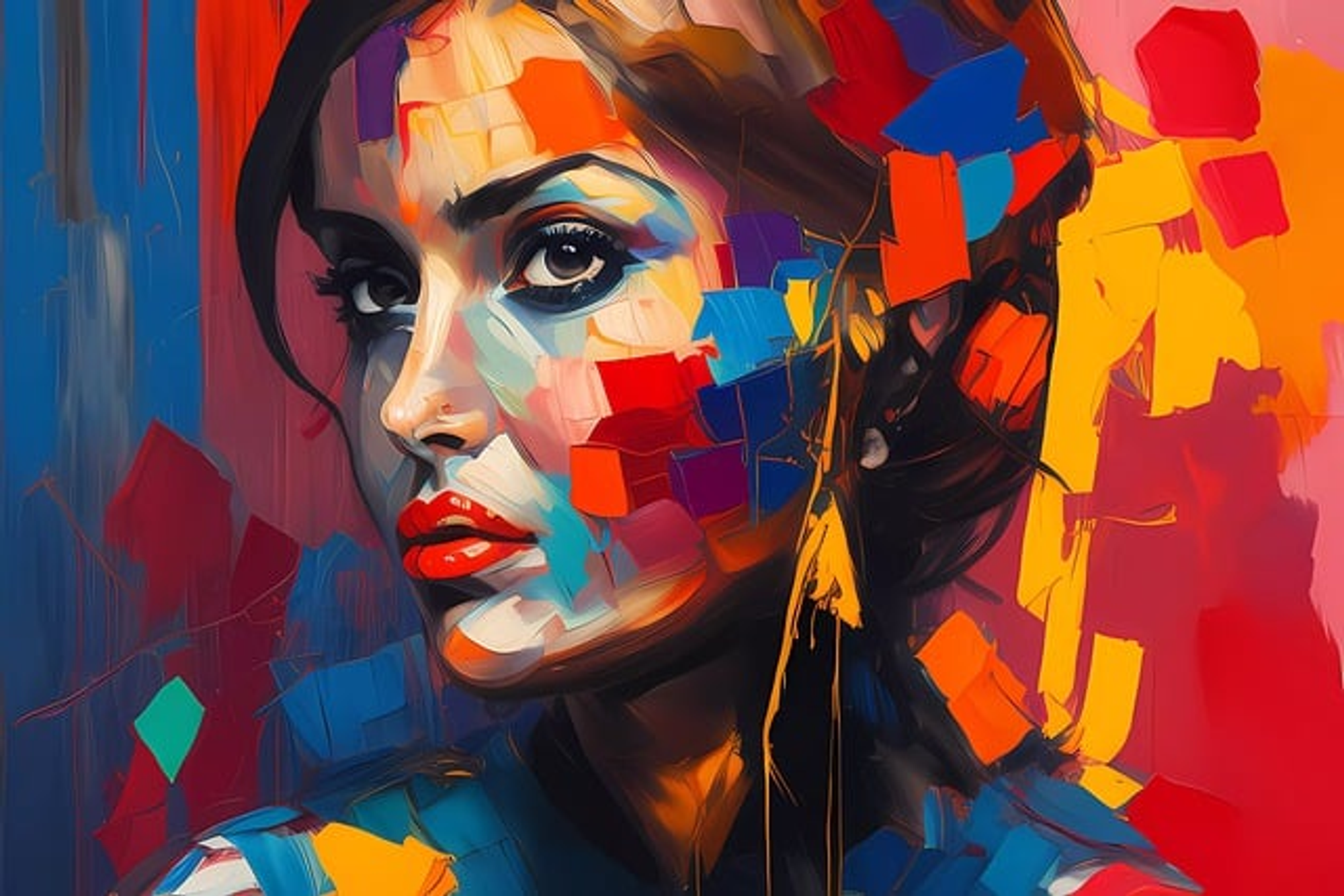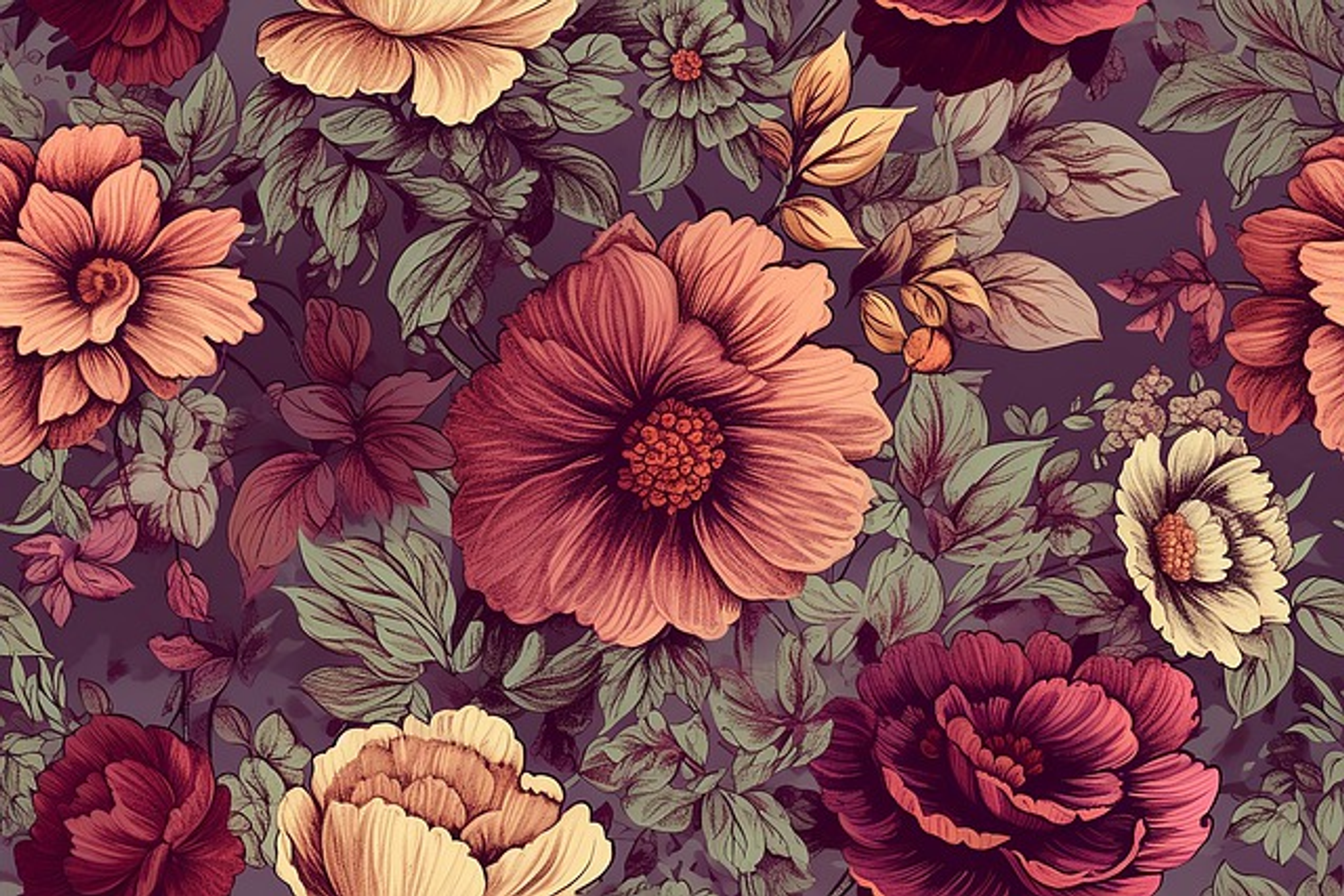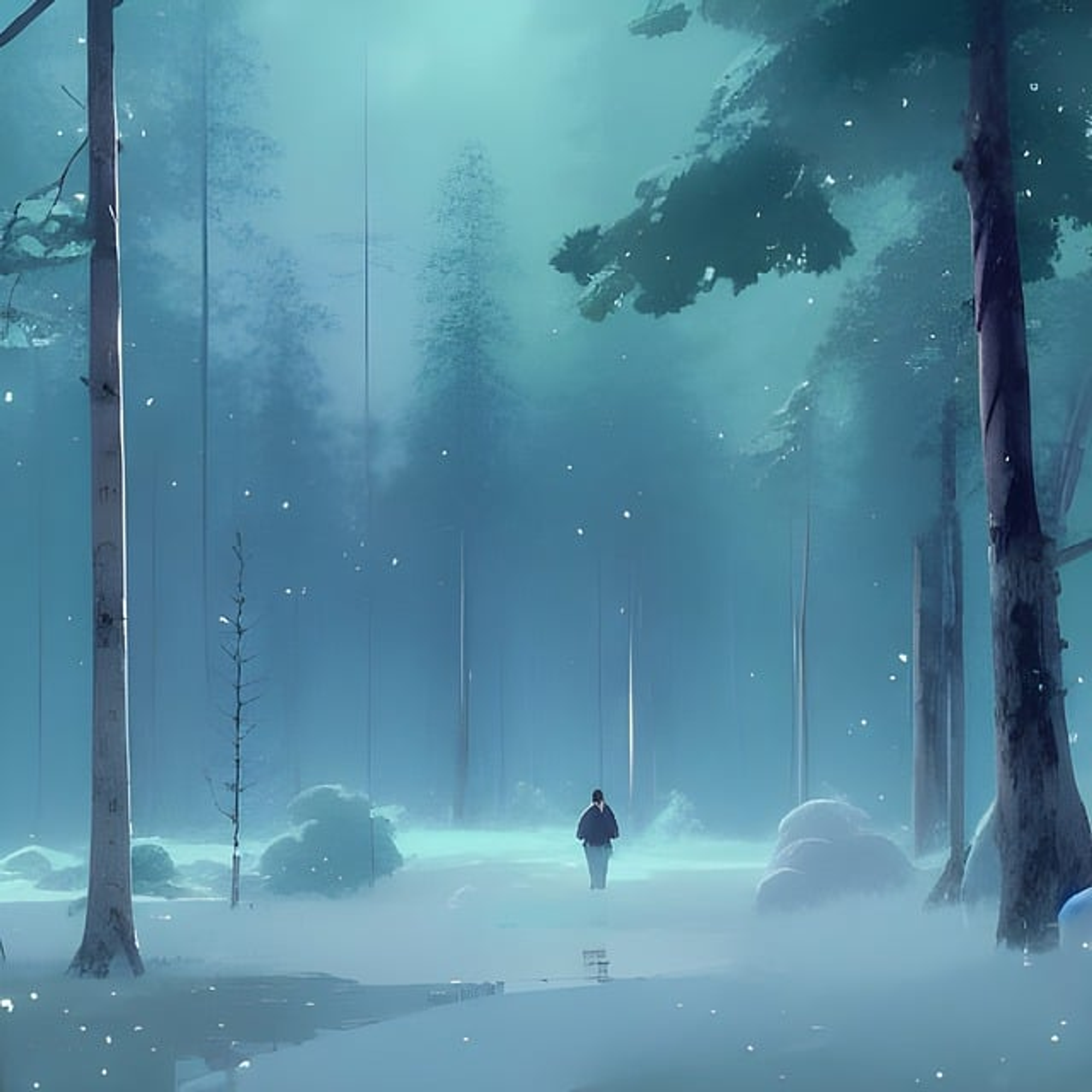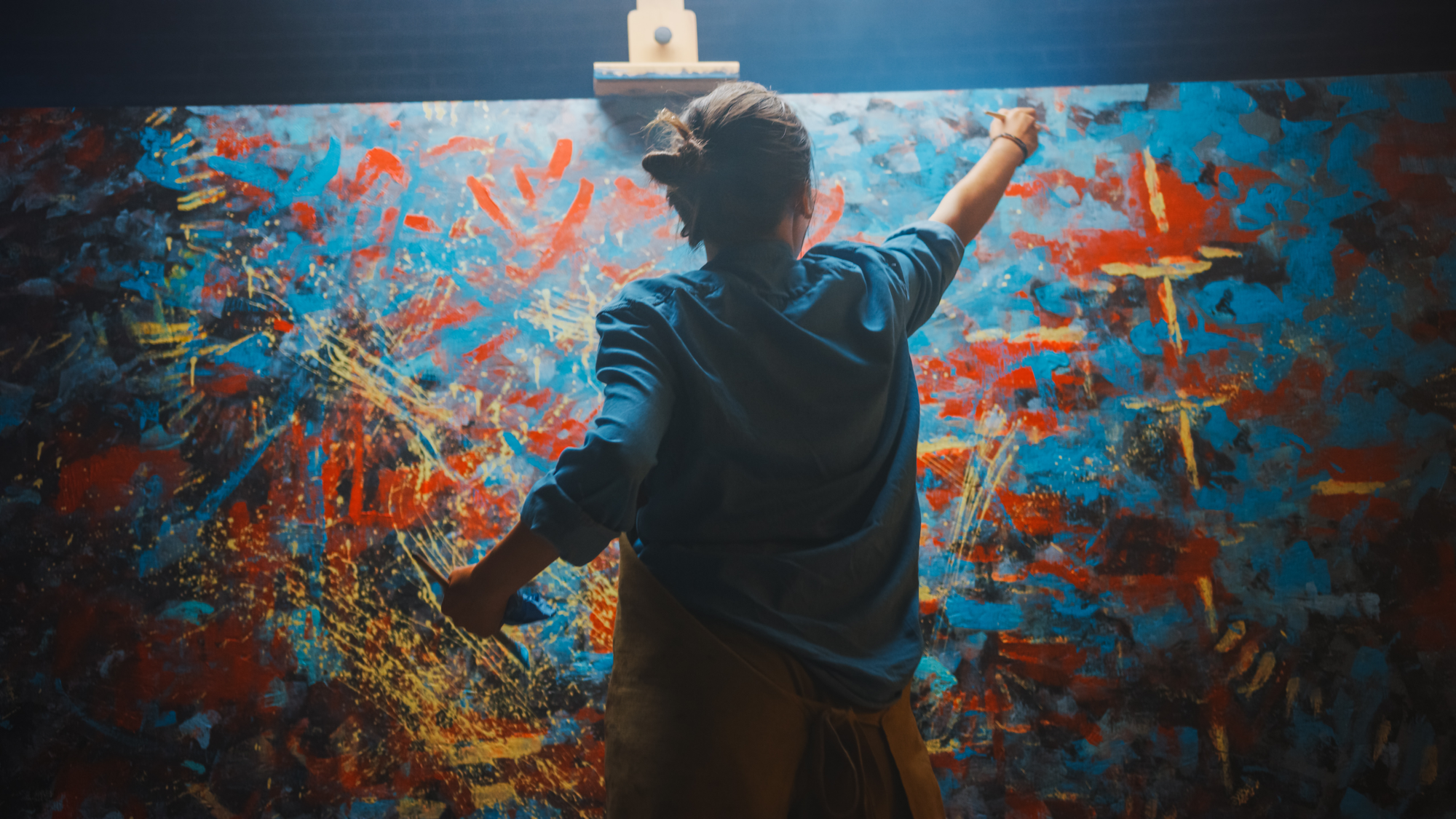Can You Use AI in Art To Be Creative?
AI generated art
The advent of AI art generators, like DALL-E 2 and Jasper Art, marks a huge turning point in the evolution of art. From the cave paintings of the primitive past to the works of the Romantic painters and beyond, visual art was always something produced by humans.
The era of digital art, which rose to prominence in the 1970s, changed all of that. Computers could now be used to generate art in a way that was not possible before. Now, powerful AI technology brings the potential of digital art to a whole new level.
In this blog, we'll examine the various ways in which AI can be used to create art. We will look at the various advantages, disadvantages, and potential applications of this new technology. Finally, we'll look at how AI is helping the artistic process come full circle, as artists are using AI to create art that is entirely human in nature.
The potential of AI to create art
The recent first-place award in the Colorado State Fair's Digital Arts Competition, won by an AI-generated work of art, shows just how far AI technology has come in its critical reception by the arts community. Gone are the days of AI art being dismissed as simple, gimmicky, or lacking in creativity and human emotion. AI algorithms are now able to generate a variety of exquisite art forms, from abstract paintings to highly detailed 3D sculptures.
Technically speaking, creating AI art involves training a machine learning model, such as a generative adversarial network (GAN), on a large dataset of existing artwork, enabling it to learn patterns and generate new, original pieces by generating outputs based on random input or user prompts.
The benefits of AI art
The big advantage AI image generators have over human-produced art is that they can produce art on a much faster and larger scale, enabling the generation of vast amounts of artwork in a fraction of the time.
This makes it a valuable asset for those who are looking to produce art quickly and without the need for too much manual labour. Say, for instance, you wished to create a watercolour painting in a certain style; AI can help you produce hundreds of paintings within minutes as compared to the weeks or months it would take for a human artist to do the same. Not to mention the countless hours spent perfecting technique.
While many would argue that AI art cannot replace human creativity, AI art can be used to augment the creative process. By providing an artist with an additional tool in their arsenal, it can enable them to create beautiful pieces of art with ease, and even become a source of inspiration for other works.
The drawbacks of using AI to create art
The 2019 study AI and the Arts: How Machine Learning is Changing Artistic Work concluded that, despite the potential of using AI to create art, AI cannot replace the creativity of the human artist. While AI can certainly play a role in generating variations of images or assisting with certain tasks, the underlying message is clear - humans are still irreplaceable when it comes to actual creative decision-making. The subjective, nuanced thought processes that ultimately result in true works of art and meaningful expression cannot be replicated by current AI technology.
If an artist rests solely on AI as a means to create their art, they will not have personally learned anything about what goes into the creative process. Similarly, they would not have benefitted from the experience of dedicating themselves to mastering the fundamentals of their craft and learning from their own mistakes. Knowing how light, colour, texture, and composition interact allows an artist to develop a unique style and showcase their true personality in the work.
If one truly wants to excel at creating art, it makes sense that they should practice and hone their skills with traditional art-making techniques, rather than relying heavily on AI. That way, if they do choose to use AI as an additional creative tool, it will be one that is augmented by experience and understanding.
This is why it is so important to remember that while AI can be an incredible asset, influence, and aid in the creative process, it will never replace the human touch. Art is still the product of a creative mind, and AI is merely a tool to help refine its execution.
How to use AI art as an inspiration for your own art
Artists have been using photographs to help them create detail-rich paintings since the invention of the camera. AI art can serve as a modern way of achieving this same goal.
By creating different variations of AI generated art from a photograph, artists can effectively plan out the structure of their artwork before committing to a canvas or paper.
When creating your own art, try to use AI as a starting point for the composition and design of your piece. Choose elements from the AI art that you find interesting and draw them into your own artwork.
If we go back to the previous example of creating a watercolour painting, AI can be used to quickly create various artwork styles and colour combinations based on a single photograph. In essence, using AI in this way is helping human artists plan out their artwork much faster than they normally would. In turn, this is helping to deliver higher quality, more creative artwork for their viewers.
Final thoughts
As opposed to replacing humans with machines, AI can be used to help artists get more creative and explore new possibilities. By integrating AI into the artistic process, it is possible to achieve high-quality and inspiring artwork. AI can be used to provide a range of options that an artist may not have considered and to help speed up the creative process. While AI won't eliminate the need for human creativity, it can certainly help to enhance it. As AI technology continues to improve, its applications in the art world are truly endless. From painting, music composition, and sculpture to photography, video editing, and more, AI is sure to play an ever-increasing role in how art is created.
If you would like to take one of my watercolour classes, or even purchase one of my original paintings visit the website and get in touch! I am more than happy to answer any questions you have and I’ll help you find the perfect piece of art for your home.




